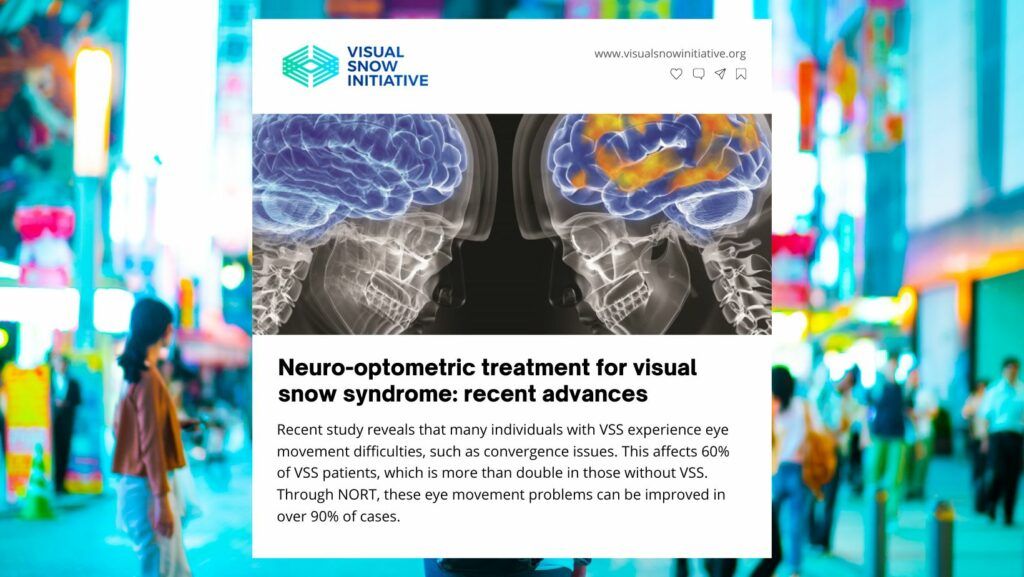Researchers
Kenneth J Ciuffreda , Barry Tannen, Daniella Rutner & MH Esther Han
Abstract
The condition of visual snow syndrome (VSS) is characterized by the presence of a pixelated overlay of ‘visual snow’ (VS) throughout the visual field, that is dynamic visual noise. It is found in approximately 2% of the general population. In addition, a constellation of related sensory, motor and perceptual abnormalities is present (e.g., palinopsia, photosensitivity and tinnitus). Its primary etiology is concussion. While VSS has received considerable attention regarding its defining characteristics and diagnostic criteria, the area of treatment has been relatively neglected, and it has not been promising thus far. For example, medications have had minimal success (∼20%), and in many cases (up to 35%) have exacerbated the primary symptom of visual snow. In this editorial update, recent advances in the neuro-optometric treatment approach to VSS will be considered in patients with concussion and other neurological events.
The first report to provide evidence for chromatic filters to reduce VS was by Lauschke et al. in 2016. Twelve individuals with VSS were assessed with the intuitive colorimeter (IC) (Cerium Visual Technologies, Tenterden, Kent, UK) for a precision chromatic tint to reduce their VS. Eleven of the 12 (92%) selected a specific precision tint that reduced the VS, with subsequent testing producing the same tint result. This positive finding suggested that the prescription of chromatic tints might be a fruitful treatment direction to pursue in these patients.


